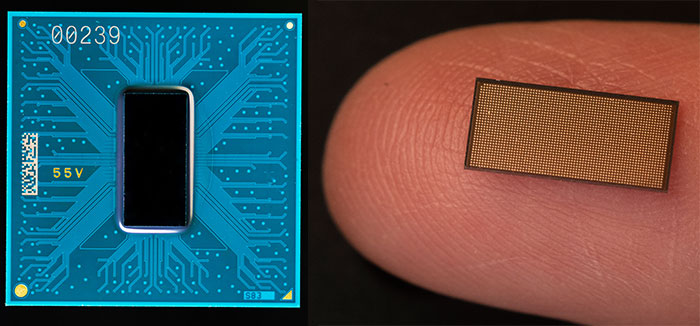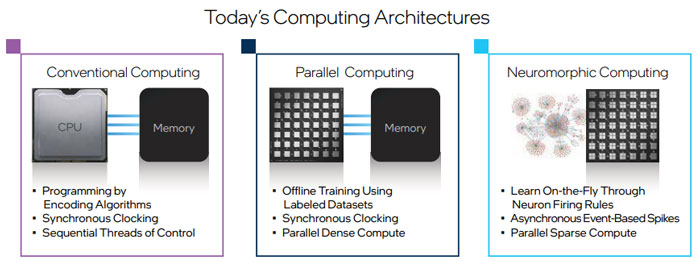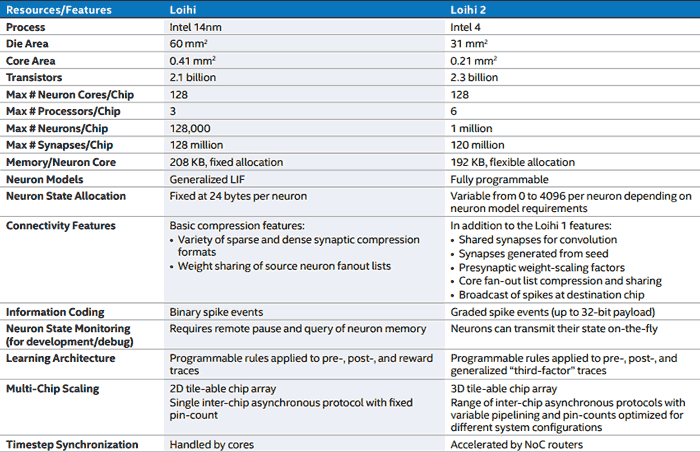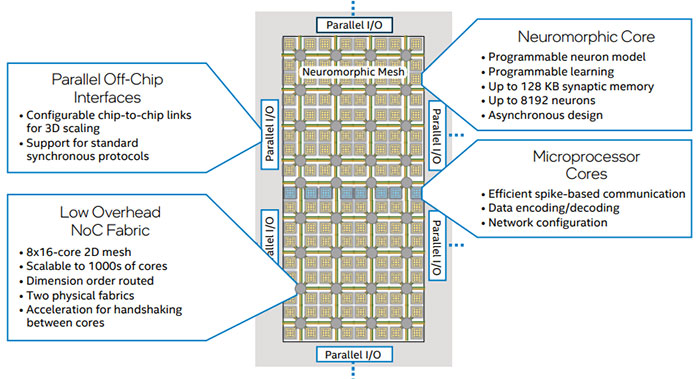We haven't had much news about computer design and brains this year, but last week researchers from Samsung announced a 'copy and paste' 3D brain chip design, and Intel has now announced its second-generation neuromorphic research chip. Intel Loihi 2 follows three years after the first generation part with many silicon advances, and the addition of the open-source Lava software framework.

Intel says it has been inspired to developer Loihi further, as many emerging AI applications "require fundamentally new approaches". Despite all the research in conventional and parallel computing architectures so far, "biological neural circuits remain unrivalled in their ability to intelligently process, respond to, and learn from real-world data at microwatt power levels and millisecond response times," Intel reminds us.

Interestingly, a pre-production version of the Intel 4 process, which relies heavily on EUV lithography, has been used to fabricate Loihi 2. This has helped, alongside architectural design changes, to make the new gen part smaller and more powerful than ever. Some quick facts about Loihi 2 compared to its predecessor are that it offers; up to 10 times faster processing, up to 15 times greater resource density, with up to one million neurons per chip (compared to 128k), and improved energy efficiency. Check out the table below for a fuller comparison.

The Lava software framework addresses was designed to be a common software framework for the neuromorphic research community. Intel says that it is an open, modular, and extensible framework where devs can "build on each other's progress and converge on a common set of tools, methods, and libraries". Lava is heterogeneous architecture friendly, which means that developers can start to build neuromorphic applications without access to specialized neuromorphic hardware.

Intel asserts that the arrival of Loihi 2 and Lava deliver; key breakthroughs in processing speed and optimisation, new approaches for continual and associative learning, deep learning training using a wide range of new neural network models, as well as seamless integration with real-world robotics systems, conventional processors, and novel sensors.
The path to commercialisation of neuromorphic computing has been made clearer by Loihi 2 and Lava, it is claimed. Intel says its mix of hardware and open-source software will put important new tools in the hands of an expanding ecosystem of neuromorphic researchers that are re-thinking computing from its foundations. With collaboration between industry, academia, and government researchers and developers, it is hoped that worthwhile breakthroughs in intelligent information processing will come to light.
Intel has a large number of Loihi testimonials (PDF) which appear to confirm its potential in the fields of; intelligent edge computing, railway route planning, as a rival to quantum annealing approaches for solving hard optimization problems, in robotic arm use, for drone control and flight planning, and more.






